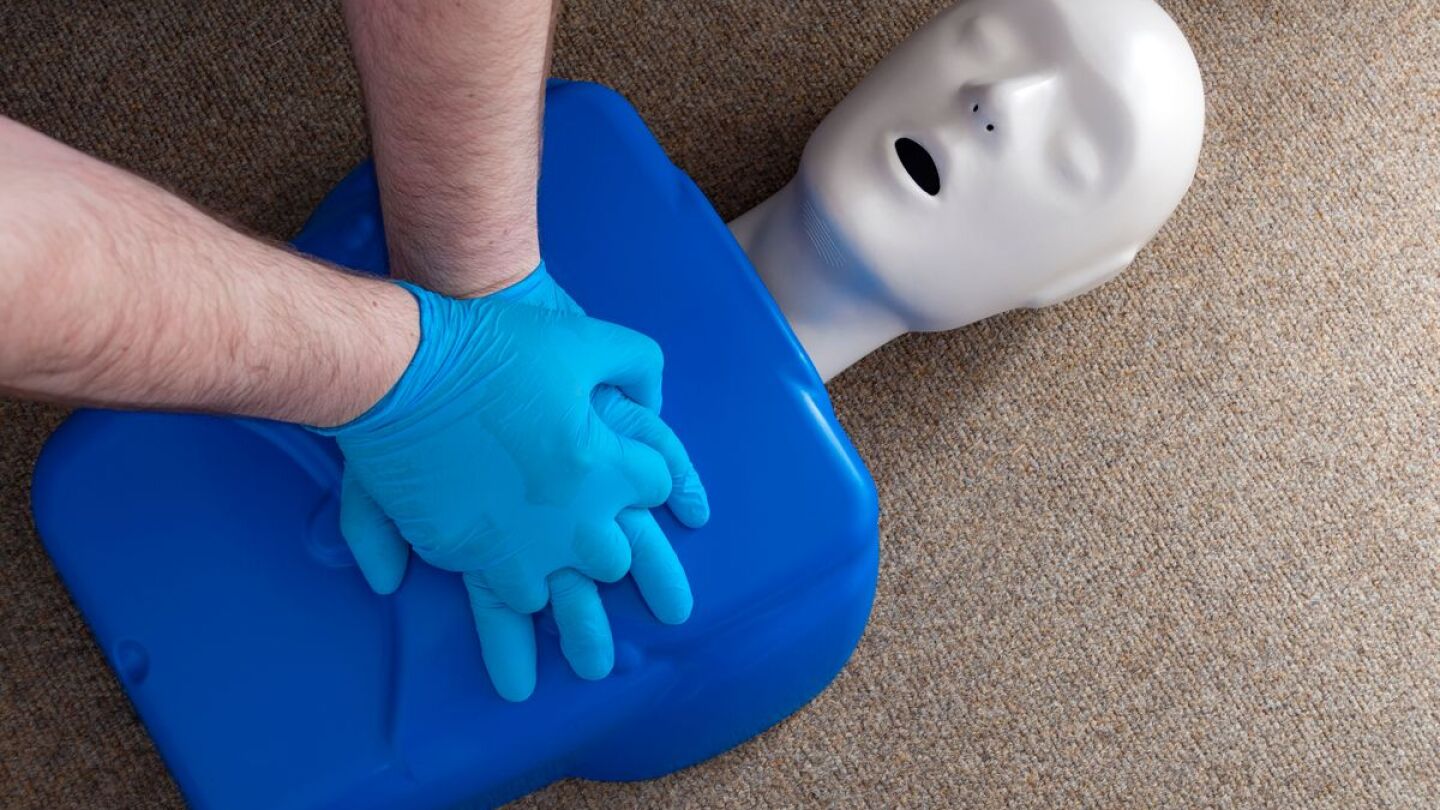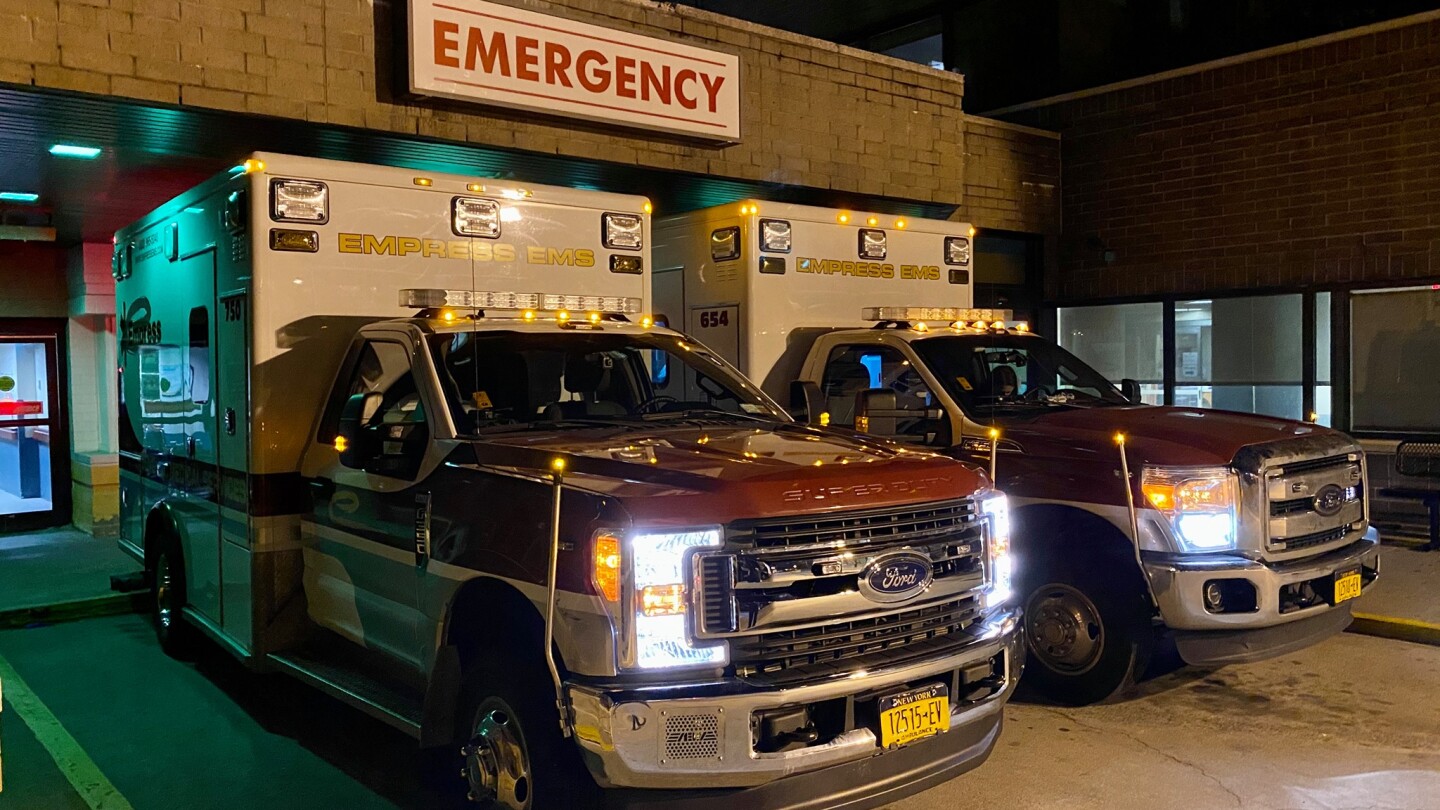Airway management
This directory provides essential articles on Airway Management, a critical skill for EMS professionals. Topics include techniques for securing airways, the use of advanced airway devices, and strategies for managing difficult airways in emergencies. Mastery of Airway Management is vital for ensuring patient survival during respiratory emergencies. For related information, explore our resources on Advanced Life Support (ALS), which often involves advanced airway procedures. Use this directory to deepen your understanding and improve your airway management skills in the field.
Clinicians discuss the accuracy of the Broselow tape and what modern tools can support safer pediatric care.
Crush syndrome can be expected following any event where patients are trapped for a length of time
Michael Fraley breaks down what paramedics need to know about what’s changed — and what hasn’t — in the new resuscitation guidance
Cleveland EMS has added portable ventilators to all 25 frontline ambulances, a move leaders call a “game changer”
A 26-year-old woman suffered life-threatening burns after a man allegedly set her on fire during an argument aboard a CTA Blue Line train
A leaking gasket on a truck released anhydrous ammonia outside a hotel in Weatherford, injuring five officers and sending 45 people to hospitals
Reading police say a suspect threw an acidic substance and used a knife at Hope Rescue Mission
FF/Paramedic AJ Gonzales and FF/EMT Makayla Bowers used irons and a water can to reach the victim, then performed intubation and administered a Cyanokit
We do everything we can in the hope we’re wrong about what is happening to the smallest of victims
From verifying airway placement to detecting early shock, capnography offers critical insight as part of a broader patient assessment
Successful airway management is the culmination of preparation, practice and technique mastery
In this eBook, learn about optimal patient positioning, securing an airway with facial trauma involvement and the benefits of the bougie in airway management
A school police officer deployed pepper spray during a lunchtime brawl in a Palm Beach County high school
Holland firefighters contained a hazardous materials leak at the LG Energy Solutions battery plant
Authorities say a third-party contractor cleaning an empty underground gasoline tank at the Exposition Parkway Costco fainted from fumes
It’s 2025 — why do pediatric calls still make us sweat?
Four Given Coffee employees were hospitalized after their truck exploded outside Winston-Salem’s Joel Coliseum
Dozens of Miami-Dade Fire Rescue crews responded to a spill at a shared semi-truck depot
Portland firefighters rescued a resident and, with the ambulance 10 minutes out, transported the patient themselves
EMS transported multiple Auburn Correctional Facility officers and staff with dizziness, nausea and headaches after contact with inmate mail and cellblock air
A Honolulu man suffered burns to his face after being attacked with sulfuric acid
A single-engine plane veered out of control while landing at Kalispell City Airport, smashing into parked aircraft and sparking a runway fire, but all four aboard escaped with minor injuries
Empress crews reached the scene in 3 minutes 11 seconds, slashing previous nine-minute waits
WEINMANN’s emergency ventilator met PASCO County’s demand for reliable, easy-to-use ventilation in every ambulance
Dallas Fire-Rescue personnel evaluated over a dozen passengers after a DART light rail train caught fire
A longtime Danville city councilmember was doused in gasoline and set on fire inside a magazine office by a man with a personal grievance, not linked to politics
St. Charles County Ambulance District proves that excellence in airway care starts with culture, not complexity — backed by data, design and relentless feedback
A gas line explosion near Johnstown sent five people to the hospital and forced evacuations
Eight children at a Cambridge church concert were hospitalized with seizure-like symptoms possibly linked to cleaning fumes
MOST POPULAR
- 44 ambulances respond after pepper spray use breaks up fight in Fla. school
- 1 dead, 7 injured when Tesla Cybertruck explodes outside Las Vegas Trump hotel
- Study: Paramedics are shifting to supraglottic airways
- NEMSQA 2024: Dr. Jeff Jarvis on airway safety and the path to EMS improvement
- A wake-up call on airway management































